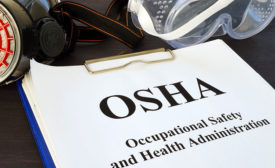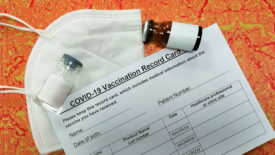Home » Keywords: » OSHA rulemaking
Items Tagged with 'OSHA rulemaking'
ARTICLES
Editorial
Biden urges voluntary compliance as agency extends comments period for two initiatives
December 23, 2021
Editorial
OSHA seeks public input to gather diverse perspectives and expertise
November 1, 2021
Never miss the latest news and trends driving the safety industry
eNewsletter | Website | eMagazine
JOIN TODAYCopyright ©2024. All Rights Reserved BNP Media.
Design, CMS, Hosting & Web Development :: ePublishing










